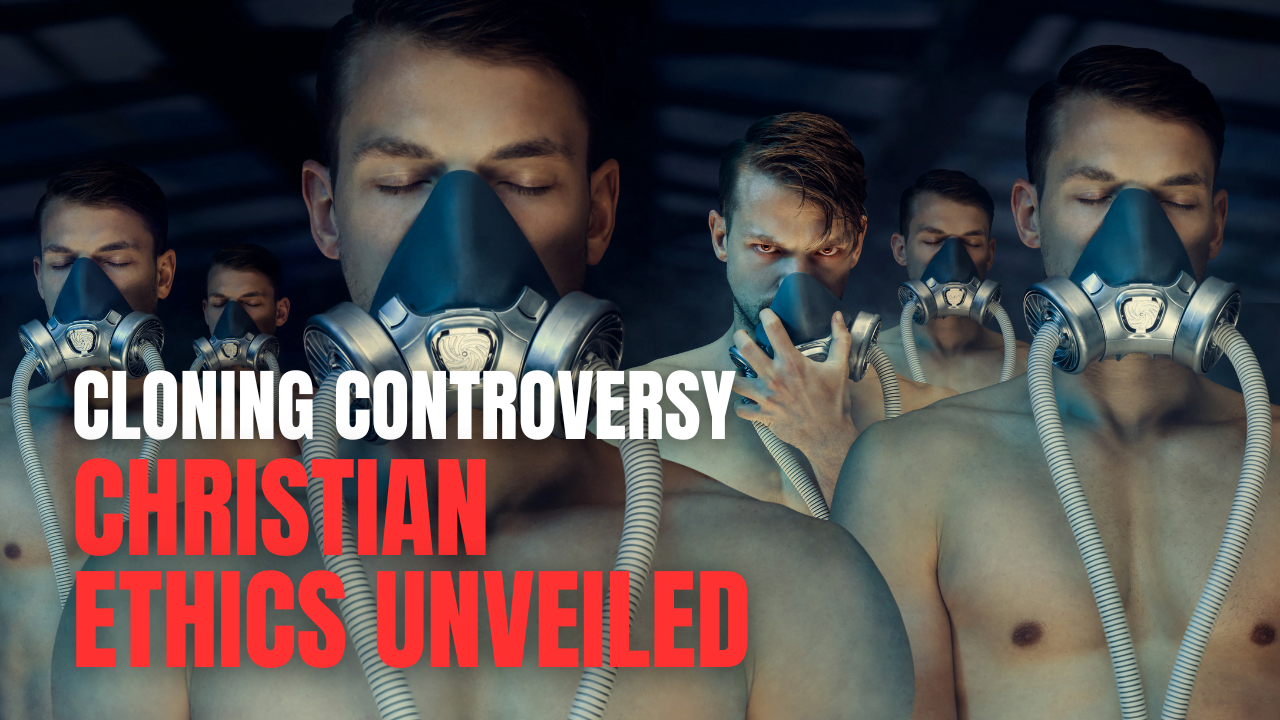No products in the cart.
Exorcism and Deliverance Ministry for Spiritual Peace in the US
This post contains affiliate links.
The fascinating world of exorcism and deliverance ministry. There has been a growing interest in these practices within the United States in recent years. The Diocese of Orange has developed a deliverance ministry protocol to address the increasing requests for pastoral care about battles with diabolical spirits. This protocol ensures that individuals seeking help receive the appropriate guidance and support.
When individuals approach their local parish priest, they receive counseling and prayer to address their spiritual concerns. If necessary, a referral to a mental health professional may be made to ensure a comprehensive assessment. Throughout the process, confidentiality is maintained, and specifically designated priests within the diocese are responsible for deliverance and exorcism.
It is important to note that exorcism, as a sacramental of the Catholic Church, requires permission from the local bishop to be performed. This ensures that the rituals are conducted with the utmost care and within the guidelines of the Church.
In the sections that follow, we will further discuss the difference between deliverance and exorcism, explore the history and biblical precedent of deliverance ministry, delve into the diagnostic process of demonic presence, examine the expulsion of demons and post-deliverance maintenance, and finally, reflect on the current state of deliverance ministry and exorcism in the United States.
Understanding the Difference Between Deliverance and Exorcism
In spiritual intervention, two distinct practices aim to address the liberation of individuals from spiritual afflictions: deliverance and exorcism. While both methods seek to alleviate spiritual problems, their approaches and practitioners differ.
Deliverance refers to being free from any spiritual affliction or problem through deprecatory prayer. It is a method that extends beyond the realm of ordained priests and is open to individuals seeking spiritual healing and intervention.
On the other hand, exorcism is a more formalized ritual performed by specially authorized priests. The Catholic Church recognizes the authority granted to the Twelve Apostles and priests with Apostolic authority to command and expel demons through exorcism. Exorcisms require the specific authorization of a bishop, and the rituals follow a structured procedure.
One key difference between the two practices lies in the approach used. Deliverance relies on deprecatory prayer as a means of addressing spiritual problems, while exorcism involves a more ritualistic and formalized approach. Deprecatory prayer in deliverance is often seen as a direct means of commanding demons, a spiritual intervention that some may consider a “magical-thinking approach.”
It is important to note that deliverance is not limited to priests, and individuals seeking spiritual liberation may engage in deliverance practices themselves. Deliverance focuses not only on the expulsion of demons but also on healing emotional wounds, repentance, and reaffirming loyalty to God through sacraments and prayer.
A clear distinction between deliverance and exorcism helps individuals understand the different methods and approaches for addressing spiritual afflictions. While deliverance allows for more widespread involvement in spiritual intervention through prayer, exorcism emphasizes a formal and ceremonial approach with specialized priestly authority.
A Comparison of Deliverance and Exorcism
| Aspect | Deliverance | Exorcism |
|---|---|---|
| Primary Method | Deprecatory Prayer | Formal Ritual |
| Practitioners | Open to Individuals | Specially Authorized Priests |
| Scope | Healing Emotional Wounds, Repentance, Sacraments, and Prayer | Commanding and Expelling Demons |
| Authority | Open to All | Specially Authorized Priests with Apostolic Authority |
| Approach | Deprecatory Prayer | Ritualistic and Formalized |
The History and Biblical Precedent of Deliverance Ministry
Deliverance ministry has a rich history rooted in biblical precedent, drawing inspiration from Jesus’ casting out of evil spirits and the disciples’ authority in spiritual warfare.
Jesus’ ministry was marked by numerous instances of casting out evil spirits, demonstrating his divine authority over the demonic realm. In these encounters, Jesus would converse with the demons, commanding them to leave the afflicted individuals.
“And Jesus rebuked him, saying, ‘Be quiet, and come out of him!’ And when the demon had thrown him down in their midst, he came out of him, having done him no harm.” (Luke 4:35)
After receiving Jesus’ teachings and witnessing his authority, the disciples began to exercise their own authority in casting out demons. This demonstrated the continuing power and authority of Jesus in his disciples.
“And these signs will accompany those who believe: In my name, they will cast out demons…” (Mark 16:17)
The growth of the Pentecostal and Charismatic movements in the early 20th century further popularized deliverance ministry. These movements emphasized spiritual warfare against the forces of evil and embraced the biblical precedent of casting out demons.
Today, deliverance ministry practitioners continue to draw upon these biblical examples to navigate and interpret demonic activity. They believe in the authority given to believers in Christ to confront and overcome evil spirits through prayer, repentance, and faith.
Sources of Demonic Presence and Diagnostic Process
Demonic presence can manifest in various ways and enter a person’s life through different means. Objects associated with sin or false religious practices can be gateways for these evil forces. Deliverance ministries employ a thorough diagnostic process to identify the presence of evil spirits and devise appropriate strategies for liberation.
The diagnostic process within deliverance ministry involves a comprehensive exploration of the individual’s life. This includes examining their relationships, personal experiences, and ancestral history. By delving into these aspects, practitioners aim to uncover any potential doors through which demonic presence may have entered.
Repentance plays a significant role in the diagnostic process. Recognizing and admitting personal sins are essential steps toward healing. Through repentance and forgiveness, individuals can let go of the past, sever the ties that bind them to darkness, and open themselves up to spiritual restoration.
In addition to repentance, deliverance ministries also address emotional wounds and family curses as potential sources of demonic presence. Emotional wounds, whether from past trauma or ongoing struggles, can make individuals vulnerable to spiritual oppression. Family curses, believed to be generational influences, can perpetuate the cycle of spiritual affliction.
Practitioners may claim to possess spiritual discernment, enabling them to perceive and interact with demons during the diagnostic process. This heightened perception provides valuable insights that guide the identification and subsequent liberation of the individual.
| Sources of Demonic Presence | Diagnostic Process |
|---|---|
| Objects associated with sin | Comprehensive exploration of the individual’s life, including relationships and ancestral history |
| False religious practices | Recognition and repentance of personal sins |
| Emotional wounds | Identification and healing of emotional wounds |
| Family curses | Acknowledgment and breaking of generational curses |
| Spiritual discernment to perceive and identify demonic presence |
Expulsion of Demons and Necessity of Post-Deliverance Maintenance
In the deliverance ministry, various methods are employed to expel demons and restore spiritual well-being. These methods include reciting powerful biblical verses, offering fervent prayers, engaging in anointing rituals, and calling upon the cleansing power of the blood of Jesus.
During the expulsion of demons, individuals who have been diagnosed may exhibit various emotional manifestations. These manifestations can range from speaking in tongues, screaming, or experiencing physical reactions like trembling or convulsions. These manifestations are visible signs that the battle against spiritual forces is taking place and that freedom is being restored.
However, the work of deliverance does not end with the expulsion of demons. Post-deliverance maintenance is crucial to ensure that the demons do not find their way back into the lives of those set free. This maintenance involves specific actions and practices to safeguard against the return of demonic influence.
Avoiding repeated sins is one essential aspect of post-deliverance maintenance. Recognizing and repenting from the sinful patterns that opened the door to the demonic presence is vital. This requires an ongoing commitment to personal holiness and a resolve to avoid behaviors that could invite the enemy back in.
Seeking ongoing spiritual guidance is another crucial component of post-deliverance maintenance. Individuals are encouraged to maintain a close relationship with their spiritual mentors, pastors, or deliverance ministers who can provide guidance, support, and accountability as they navigate their spiritual journey after deliverance.
Deliverance rituals often result in lightness or relief as the person feels the weight or darkness of the demonic oppression. However, it is important to recognize that deliverance is not a one-time event but an ongoing process of healing and restoration. It requires continued spiritual practices such as regular confession, forgiveness of others and oneself, fervent prayer, and active participation in the sacraments to promote post-deliverance healing and wholeness.
Deliverance Ministry and Exorcism Today
Deliverance ministry is significant in spiritual interventions involving ordained clergy and non-ordained individuals. The practice of deliverance ministry focuses on prayer and healing, offering support to those seeking liberation from spiritual afflictions.
The Catholic Church, recognizing the importance of spiritual discernment, maintains specific guidelines for exorcism. These guidelines emphasize the necessity of conducting a thorough investigation to rule out mental or medical illness before proceeding with exorcism rituals.
Unlike deliverance ministry, Exorcism rituals are reserved exclusively for ordained clergy with proper authorization from their bishops. These rituals follow a structured and ancient tradition, invoking the power of prayer and the authority of the Church to combat demonic forces.
One of the critical challenges in the realm of deliverance ministry and exorcism is distinguishing between possession and severe oppression. This requires careful consideration of the individual’s symptoms and discernment by experienced practitioners. The distinction is crucial as possession may require the formal rite of exorcism, while severe oppression may be addressed through deliverance ministry.
“The distinction between possession and severe oppression is not always clear-cut and demands a profound evaluation of the person’s spiritual, psychological, and social condition.” – The Roman Ritual.
The instructions provided to priests in the Roman Ritual emphasize the importance of conducting a thorough investigation and discernment when encountering cases of potential possession. This ensures that appropriate spiritual interventions are carried out and that individuals receive the necessary care and support.
Conclusion
Throughout this article, we have explored the intriguing world of deliverance ministry and its role in spiritual liberation and peace. We have learned that deliverance is being freed from spiritual affliction through deprecatory prayer, while exorcism is a formal ritual performed by priests with unique authority. Deliverance practices have deep roots in the Biblical precedent of Jesus casting out evil spirits, and practitioners often draw upon these examples to navigate and interpret demonic activity.
In the process of deliverance, the diagnosis of demonic presence involves questioning the individual’s life, including emotional wounds, family history, and relationship dynamics. Repentance and forgiveness play a crucial role in the diagnostic process, as individuals must acknowledge and let go of their sins to experience spiritual healing. The expulsion of demons may involve various methods, including reciting Biblical verses, prayer, anointing, and invoking the blood of Jesus.
It is important to note that deliverance ministry and exorcism continue to be practiced today by ordained clergy and non-ordained individuals. However, it is essential to exercise caution and discernment, as the distinction between possession and severe oppression can be challenging. The Catholic Church maintains specific guidelines for exorcism, requiring investigation to rule out mental or medical illness before proceeding with the ritual.
In conclusion, deliverance ministry allows individuals to find spiritual liberation and peace by addressing and confronting demonic presence. Through prayer, repentance, and reliance on the power of God, individuals can experience healing from emotional wounds, receive forgiveness, and reaffirm their loyalty to the Divine. Deliverance ministry continues to provide a pathway to spiritual liberation and peace in the modern world.
FAQ
What is the difference between deliverance and exorcism?
Deliverance refers to being free from any spiritual problem or affliction through deprecatory prayer, while exorcism is a formal ritual performed by priests with unique authority.
What is the history and biblical precedent of deliverance ministry?
Deliverance practices have roots in the Biblical precedent of Jesus casting out evil spirits, and his disciples continue this practice, demonstrating the ongoing power of Jesus’ authority through faith.
How does a person become affected by a demonic presence, and what is the diagnostic process?
Demonic presence can enter a person’s life through various means, and deliverance ministries focus on diagnosing the presence of evil spirits by questioning the person’s life, including relationships and ancestral history.
What are the methods used in the expulsion of demons, and what can be expected during the expulsion?
Various methods, such as reciting Biblical verses, prayer, anointing, and invoking the blood of Jesus, are used to expel demons. Diagnosed individuals may exhibit emotional manifestations during the expulsion, such as speaking, screaming, or physical reactions.
How important is post-deliverance maintenance, and what practices contribute to post-deliverance healing?
Post-deliverance maintenance is crucial to prevent the return of demons, and continued spiritual practices like confession, forgiveness, prayer, and participation in the sacraments contribute to post-deliverance healing.
Is deliverance ministry and exorcism still practiced today, and what are the guidelines for their use?
Deliverance ministry continues today, with ordained clergy and non-ordained individuals participating in spiritual interventions. The Catholic Church maintains specific guidelines for the practice of exorcism, requiring investigation to rule out mental or medical illness and reserving the rituals for ordained clergy with authorization from their bishops.
Source Links
- https://www.rcbo.org/ministry/exorcism-ministry/
- https://stpaulcenter.com/what-to-know-about-catholic-deliverance-and-exorcism/
- https://en.wikipedia.org/wiki/Deliverance_ministry
This post contains affiliate links.










